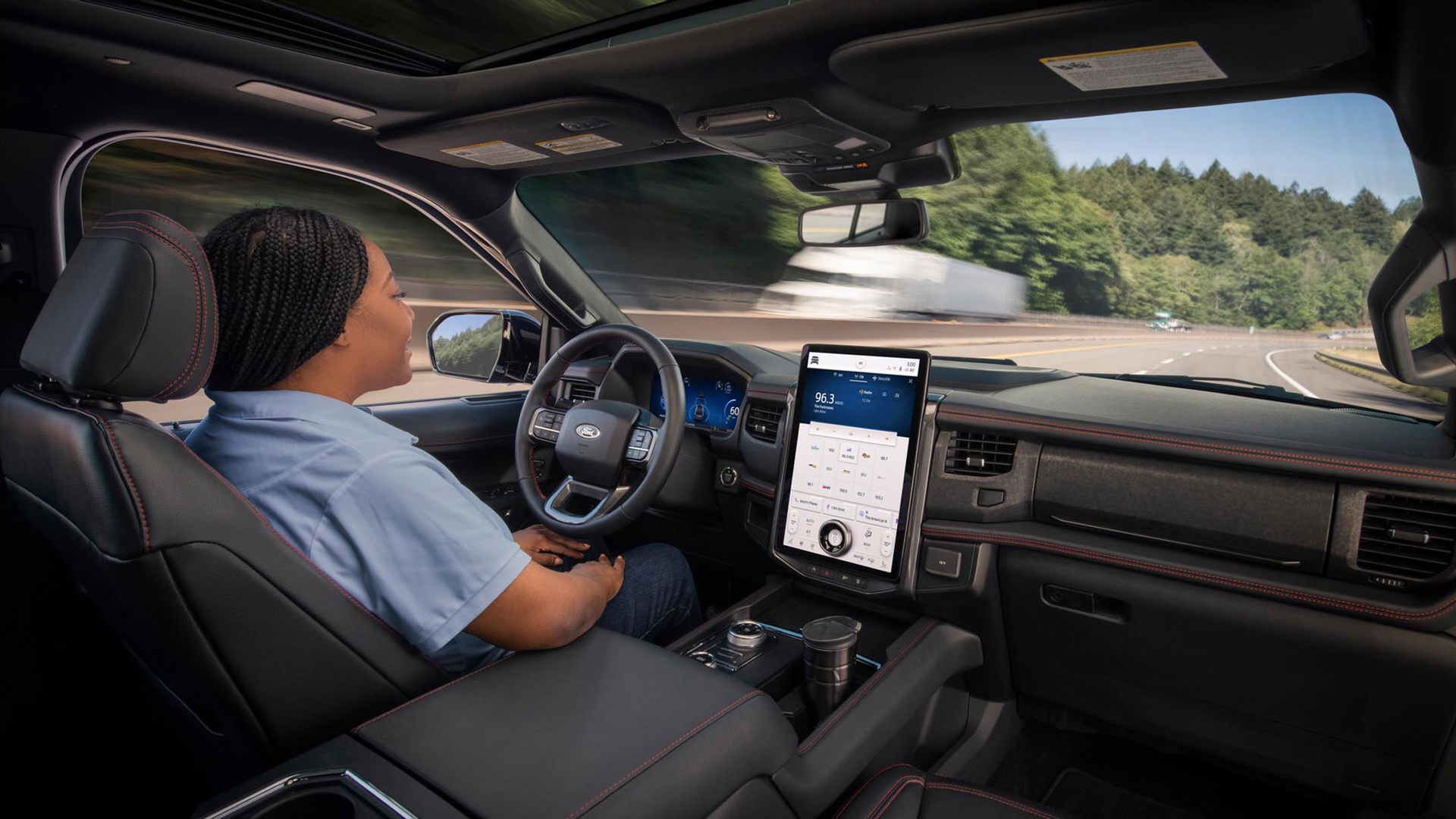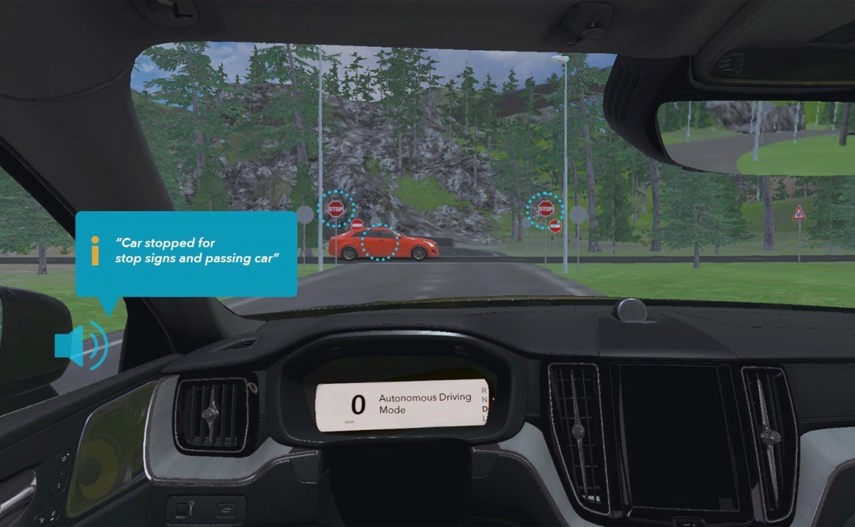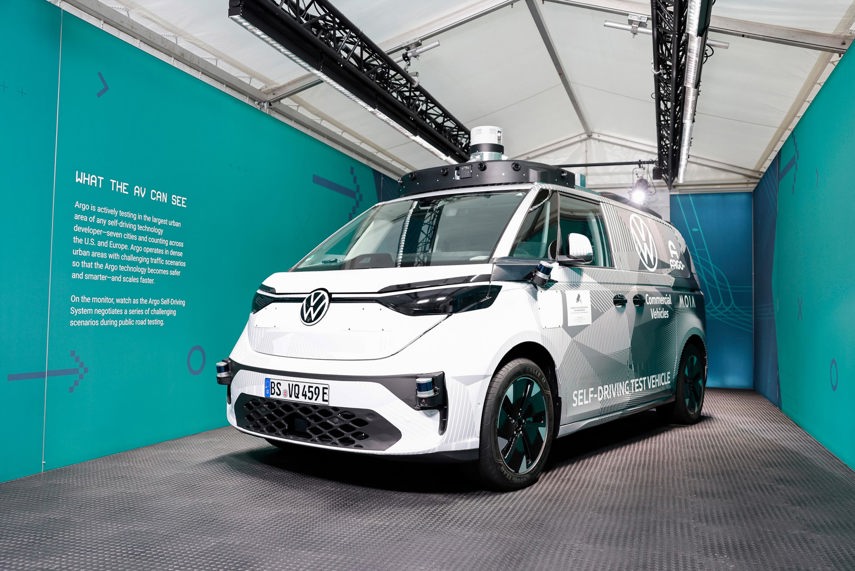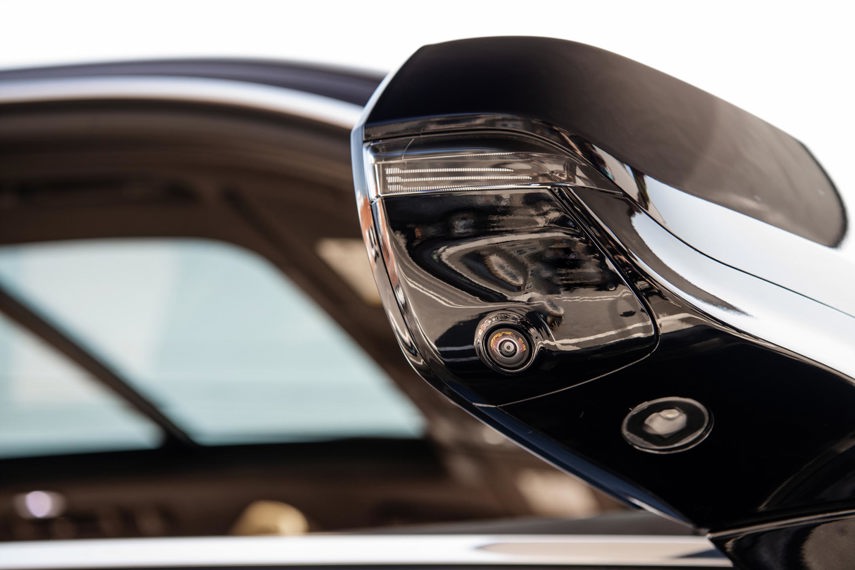Someone recently asked me for recommendations. He wants a car, but doesn’t want to spend too large on it. That’s because he plans to sell it in five years, to buy one of the self-driving autonomous cars he expects will be available by then.
Never mind five years; I’m doubtful a truly autonomous car will be here within his lifetime. Vehicles already contain some of the technology necessary for autonomy, and development moves at a swift pace, but many don’t realize the scope of all that’s needed before we can ditch the steering wheel altogether – or even just most of the time.
What Makes an Autonomous Car?
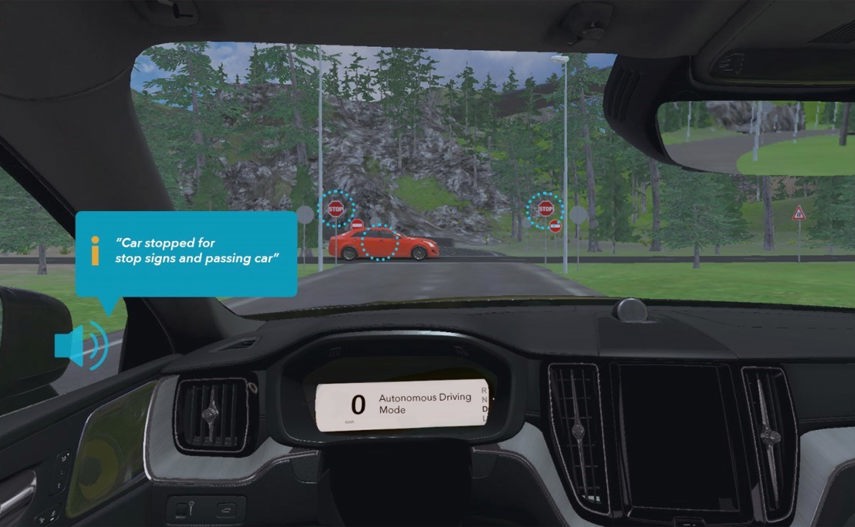
Engineering association SAE International recognizes six levels of automation, starting at Level Zero. You have to do all the driving, but there may be assist features like emergency braking or blind-spot monitoring. At Level 1, a vehicle has either steering assist, or braking/acceleration assist, such as adaptive cruise control.
A Level 2 vehicle has both. That includes systems such as Tesla’s Autopilot, GM’s Super Cruise, or Ford’s BlueCruise. They work under specific conditions, and require the driver to take over when necessary.
Those levels are all you can buy right now. Of those yet to come, Level 3 can make some of its own decisions based on what’s happening around it, but if it can’t, the driver must take the wheel. Level 4 drives itself within preprogrammed areas, while Level 5 can take itself anywhere. Those last two might not have steering wheels or pedals.
It’s Also Everything Along the Way

So why aren’t we there yet? Much is tied to the systems themselves. Right now, our assisted vehicles are almost entirely reactive, responding to traffic around them. Their self-driving systems are mostly restricted to highways, where everyone’s going in the same direction. To be completely autonomous, they need to be proactive, especially in urban driving, just as human drivers are, or at least should be. We know to keep an eye on a child who might chase a ball into the street, or where to drive if the lines are worn. Today’s vehicles aren’t there yet.
Fully autonomous vehicles will make their way through a connected ecosystem that guides and informs them, known as Vehicle-to-Everything, or V2X. It encompasses subsystems such as Vehicle-to-Vehicle (V2V) where cars “talk” to each other; and Vehicle-to-Infrastructure (V2I), communicating with traffic beacons, pedestrian crossings, refuelling or charging stations, parking garages, and more.
Automakers are developing V2V, and some V2I will be supplied by third parties for profit, but municipalities will likely have to pay at least some of the cost – and if your city can’t afford to fix all its potholes, wait until it sees the bill for these devices. It’ll be even tougher in lightly travelled small towns or rural areas, and people there could be left behind even longer.
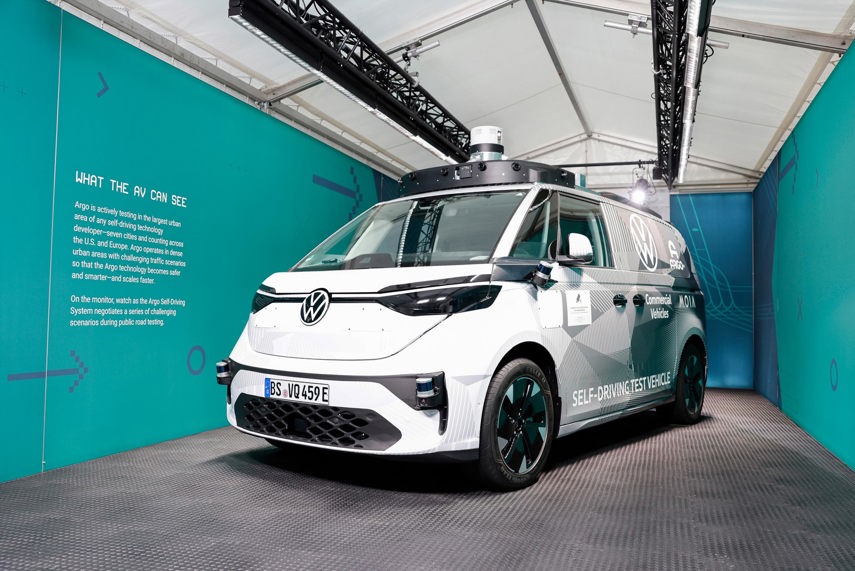
Currently available vehicle systems will need tweaking. Navigation will need pinpoint accuracy for the vehicle to follow it – a 60-cm miscalculation on an exit ramp could be disastrous, for example – and must be immediately updated for new roads or traffic patterns. Every driving decision depends on tires, and manufacturers are already developing ones that can “tell” the car what road surface is below them, such as gravel or ice, or how much tread they have left, so it can adjust its braking distance. Tire pressure monitoring systems (TPMS) will have to become much more accurate, too.
Autonomous cars ideally operate only amongst themselves in a connected network, but they won’t displace conventional cars overnight, and there will be a long phase-in period where they have to deal with human drivers. Most if not all self-driving cars are expected to be electric, but charging infrastructure has yet to catch up.
A Brave New World With Brand-New Problems
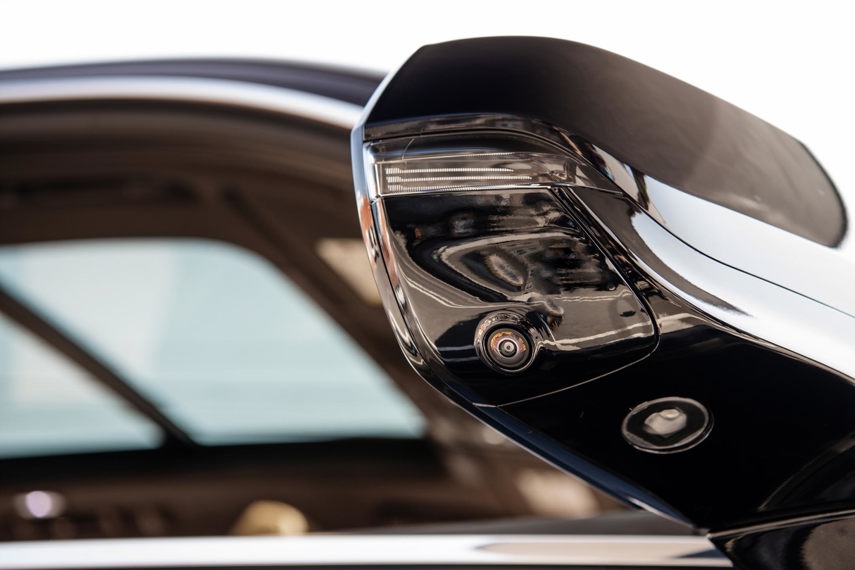
One of the toughest things for autonomy to overcome is the massive web of regulations and details that must be sorted out. Will you still a need a driver’s licence and insurance? If your Level 4 vehicle doesn’t require driver intervention, can you be intoxicated in the driver’s seat, or send your child alone to school in it? And if a self-driving car crashes, do you sue to the auto manufacturer, the software company, or the municipality that installed the “smart” traffic light? (Hint: It’ll be all three and then some, and if you want to future-proof your career, become a lawyer.)
Self-driving vehicles won’t be cheap, and it’s not just the purchase price. Automakers need to make a profit – especially since, in a theoretically crash-free world, they’ll lose the lucrative collision repair market of replacement parts, refinishing, and bodyshop training – so expect everything to be by subscription, as some semi-autonomous features already are. Right now, you can still drive your Cadillac even if you don’t renew your Super Cruise when the plan expires, but a Level 4 or 5 vehicle with no access to your credit card will just be a dead brick in your driveway.
There’s no question that automation is coming; it’s far enough along that there’s no stopping it now. But there’s so much more technology needed, and far more hurdles than many people realize. Keep on practicing your driving skills, because you’re still going to need them for a long time to come.
